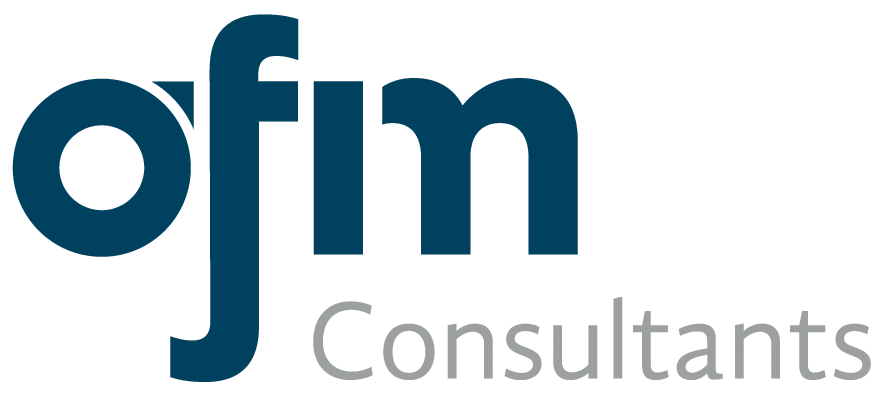ECONOMIC DEVELOPMENT
A view of Downtown Dubai with new projects under construction and large crowds of visitors in the foreground, Dubai, UAE. The 2.000.000sqm area is home to some of Dubai’s largest landmarks which attract 80mln visitors annually. The Downtown Dubai development has been invaluable in driving the economic growth of Dubai and supporting key sectors including retail, tourism, hospitality, commercial business and property. It’s success as a global lifestyle destination has seen demand for residential and commercial space remain strong, allowing the location to maintain resilience to regional market volatility. (Image credit: M7kk / Shutterstock)
Urban planning involves managing and regulating the full spectrum of urban development to ensure a high quality of life; economic development focuses on leveraging public and private assets to attract businesses, improve job opportunities, and increase municipal revenue.
Mixed-use schemes are an effective tool for economic development because they offer a mixture of land-uses and types of real estate designed to complement each other, drive economic activity, optimize land use, and deliver comprehensive community revitalization.
We help our clients maximize the economic benefits of urban development strategies by tailoring mixed-use development strategies to local economic capacity and market demand, as well as providing advice on planning policies to improve the economic impact of best land use scenarios.
URBAN HOUSING
Urban population growth dynamics, changing lifestyles, and investment trends require municipalities to review and update their available housing mix continuously to accommodate urban housing demand.
We offer extensive housing sector knowledge, demand measurement capabilities, and regulatory impact assessments. We help our clients develop effective housing policies and establish a regulatory environment that provides balanced private sector investment opportunities to satisfy those policy objectives.
In unbalanced or dislocated markets, where affordability is a critical objective, we can help the private sector create housing solutions to fulfil acute demand and affordability requirements in partnership with our public sector clients and specialized residential operators.
URBAN INCLUSIVITY
Growing awareness around environmental and social issues has incentivized private sector investors to allocate capital and deliberately seek opportunities to create a positive impact. Where an environmental impact is clearly measurable, the social impact of investment strategies can be challenging to measure consistently.
We believe urban inclusivity is a social challenge that can deliver meaningful impact with a clear and measurable outcome. We utilize familiar tools, such as multipurpose public spaces and real estate as a service, to address the fundamental needs of vulnerable demographic groups and improve the liveability within an urban area.
Our approach targets scalable solutions that can sustain long-term public and private sector involvement. We offer a full range of integrated capabilities to translate social needs into viable real estate service solutions through initiatives that benefit from private sector resources and public sector expertise.
Examples of these projects include revitalization strategies that strengthen and preserve the character of individual communities, community-based redevelopment initiatives with intellectual and financial input from local residents and stakeholders, and tailored assisted living solutions to fulfil ambient, medical, mental, or socio-economic care requirements.
URBAN MOBILITY
Transit Oriented Development is an integrated development approach that seeks to combine high density mixed-use development and urban mobility to facilitate sustainable urban population growth. TOD can be applied to urban expansion initiatives, such as greenfield developments, as well as urban redevelopment initiatives, such as brownfield developments.
A core principle of TOD involves maximizing development density and land-use within walking distance of public transport corridors and nodes for increased public transport effectiveness. Benefits of this approach include robust long-term appreciation of local real estate, higher economic diversity and mobility, better access to jobs and services, and growth in pedestrian traffic for local retail.
We believe early stage private sector involvement in public infrastructure investments and spatial planning policy development can multiply the benefits of TOD. To this end, we offer a dedicated service to pursue public-private partnerships for large urban (re)development initiatives and advise these partnerships on the creation, financing, and realization of comprehensive TOD solutions.
FEASIBILITY MANAGEMENT

We place great emphasis on managing a project’s feasibility to limit strategic, financial, and operational risk during the development lifecycle and ensure project delivery meets our clients’ envisioned outcome. For this purpose, we created a Feasibility Management Methodology that we apply to all our projects.
Our approach extends beyond typically performed conventional feasibility assessments to justify initial investment decisions. We address both hidden and deferred risk early on and use dedicated capacity within process and project management to monitor fundamental risk and key success parameters continuously.
The valuable data this method produces is used as input for enhanced strategic and tactical decision making during various stages of the development lifecycle, lowering the burden of risk, improving overall quality, and expediting operational progress.
practice areas
ECONOMIC DEVELOPMENT
Urban planning involves managing and regulating the full spectrum of urban development to ensure a high quality of life; economic development focuses on leveraging public and private assets to attract businesses, improve job opportunities, and increase municipal revenue.
Mixed-use schemes are an effective tool for economic development because they offer a mixture of land-uses and types of real estate designed to complement each other, drive economic activity, optimize land use, and deliver comprehensive community revitalization.
We help our clients maximize the economic benefits of urban development strategies by tailoring mixed-use development strategies to local economic capacity and market demand, as well as providing advice on planning policies to improve the economic impact of best land use scenarios.
URBAN HOUSING
Urban population growth dynamics, changing lifestyles, and investment trends require municipalities to review and update their available housing mix continuously to accommodate urban housing demand.
We offer extensive housing sector knowledge, demand measurement capabilities, and regulatory impact assessments. We help our clients develop effective housing policies and establish a regulatory environment that provides balanced private sector investment opportunities to satisfy those policy objectives.
In unbalanced or dislocated markets, where affordability is a critical objective, we can help the private sector create housing solutions to fulfil acute demand and affordability requirements in partnership with our public sector clients and specialized residential operators.
URBAN INCLUSIVITY
Growing awareness around environmental and social issues has incentivized private sector investors to allocate capital and deliberately seek opportunities to create a positive impact. Where an environmental impact is clearly measurable, the social impact of investment strategies can be challenging to measure consistently.
We believe urban inclusivity is a social challenge that can deliver meaningful impact with a clear and measurable outcome. We utilize familiar tools, such as multipurpose public spaces and real estate as a service, to address the fundamental needs of vulnerable demographic groups and improve the liveability within an urban area.
Our approach targets scalable solutions that can sustain long-term public and private sector involvement. We offer a full range of integrated capabilities to translate social needs into viable real estate service solutions through initiatives that benefit from private sector resources and public sector expertise.
Examples of these projects include revitalization strategies that strengthen and preserve the character of individual communities, community-based redevelopment initiatives with intellectual and financial input from local residents and stakeholders, and tailored assisted living solutions to fulfil ambient, medical, mental, or socio-economic care requirements.
URBAN MOBILITY
Transit Oriented Development is an integrated development approach that seeks to combine high density mixed-use development and urban mobility to facilitate sustainable urban population growth. TOD can be applied to urban expansion initiatives, such as greenfield developments, as well as urban redevelopment initiatives, such as brownfield developments.
A core principle of TOD involves maximizing development density and land-use within walking distance of public transport corridors and nodes for increased public transport effectiveness. Benefits of this approach include robust long-term appreciation of local real estate, higher economic diversity and mobility, better access to jobs and services, and growth in pedestrian traffic for local retail.
We believe early stage private sector involvement in public infrastructure investments and spatial planning policy development can multiply the benefits of TOD. To this end, we offer a dedicated service to pursue public-private partnerships for large urban (re)development initiatives and advise these partnerships on the creation, financing, and realization of comprehensive TOD solutions.
FEASIBILITY MANAGEMENT
We place great emphasis on managing a project’s feasibility to limit strategic, financial, and operational risk during the development lifecycle and ensure project delivery meets our clients’ envisioned outcome. For this purpose, we created a Feasibility Management Methodology that we apply to all our projects.
Our approach extends beyond typically performed conventional feasibility assessments to justify initial investment decisions. We address both hidden and deferred risk early on and use dedicated capacity within process and project management to monitor fundamental risk and key success parameters continuously.
The valuable data this method produces is used as input for enhanced strategic and tactical decision making during various stages of the development lifecycle, lowering the burden of risk, improving overall quality, and expediting operational progress.


